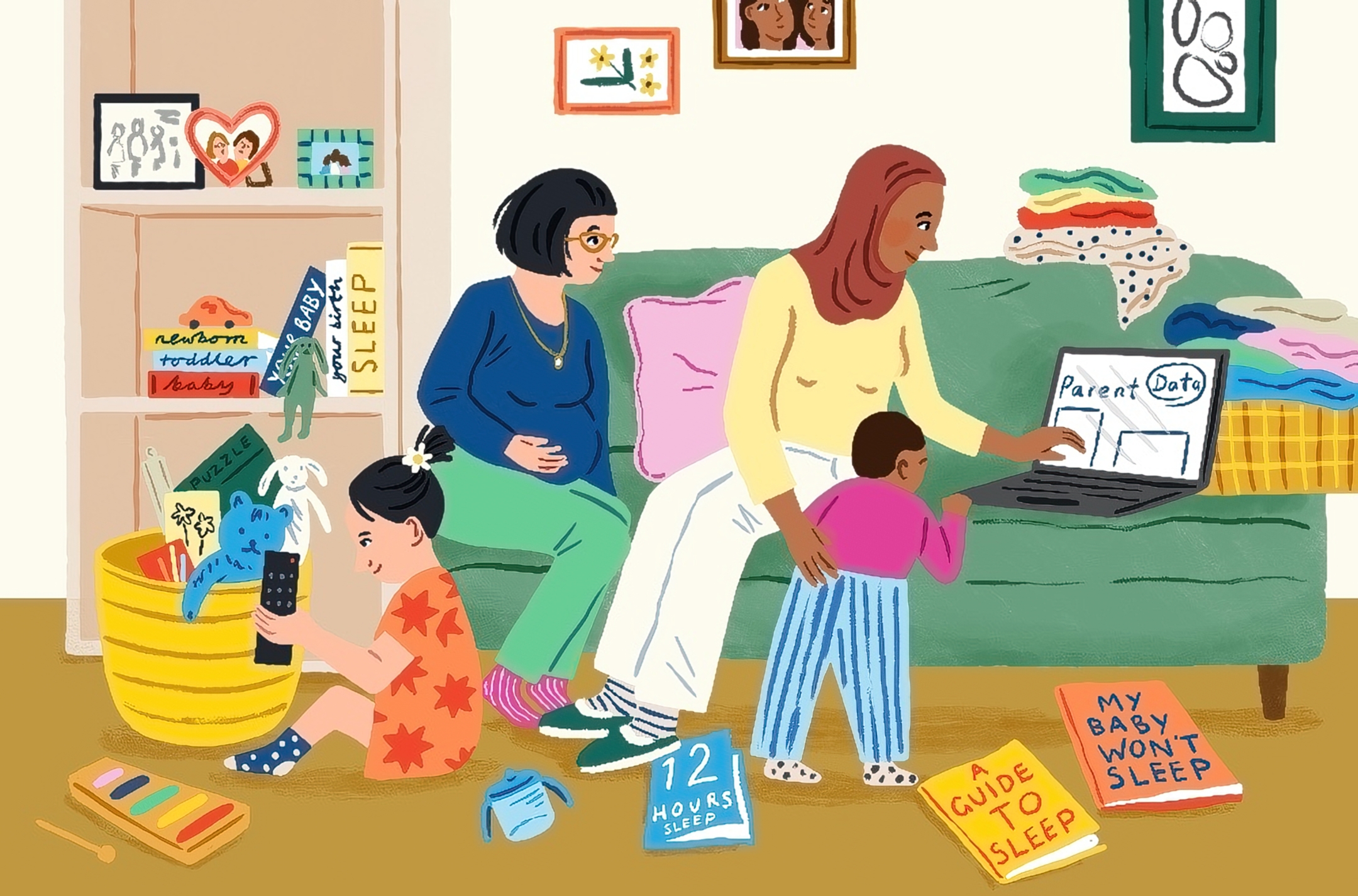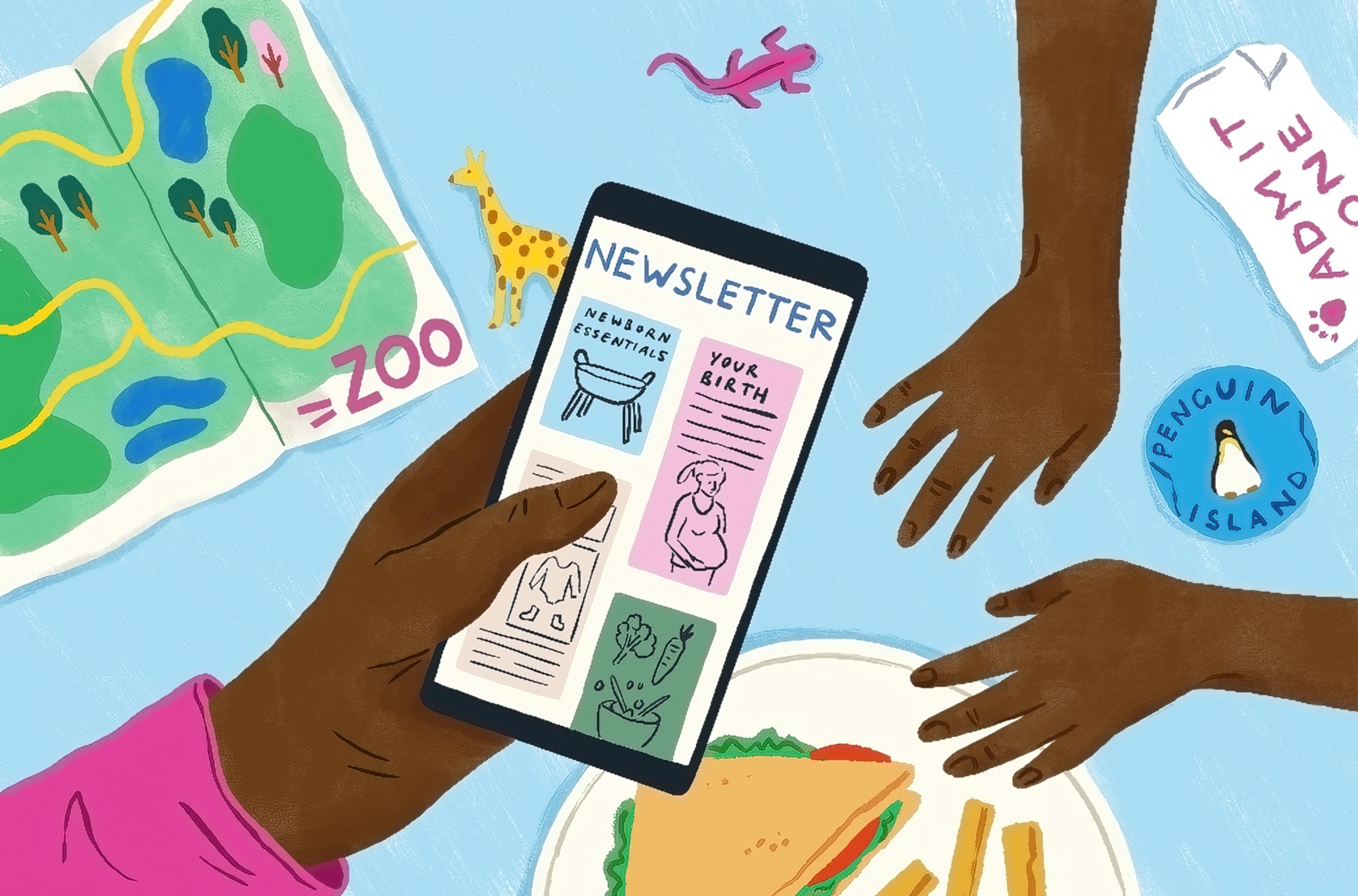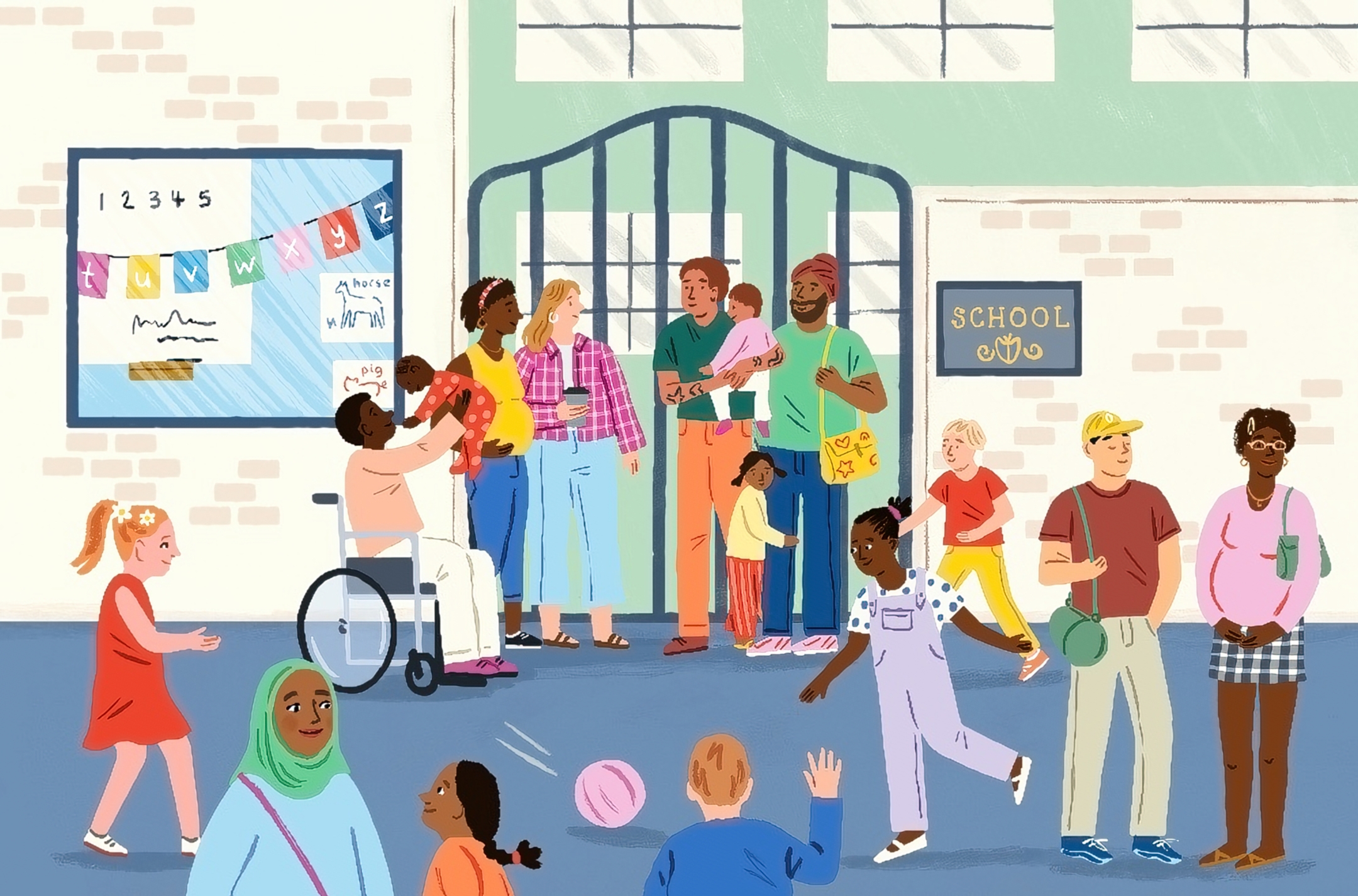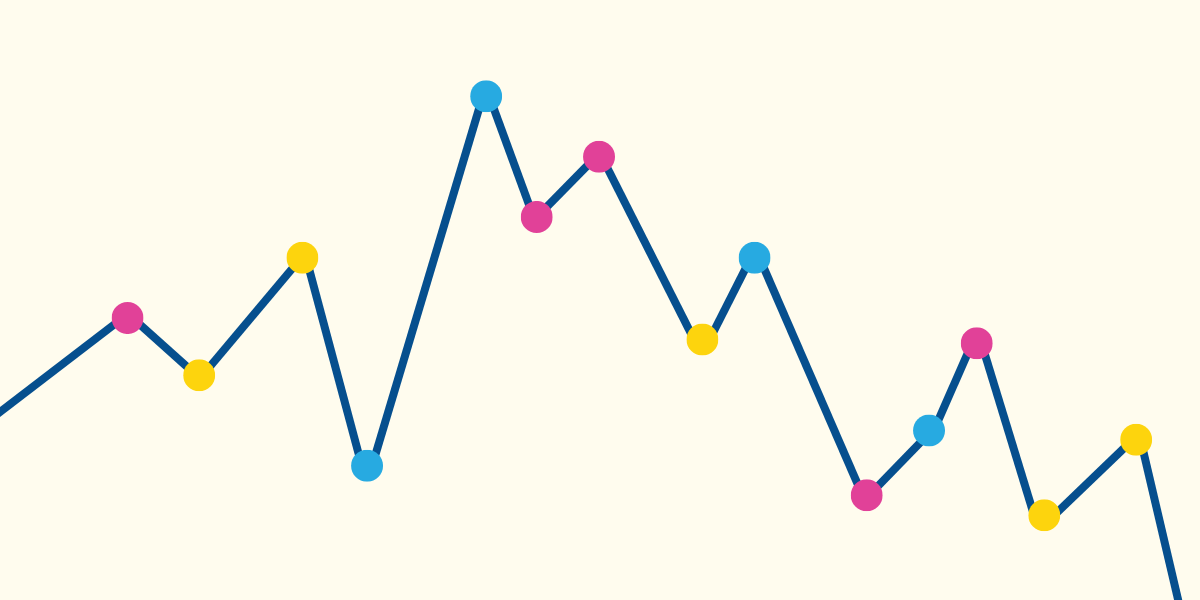When this all started, I wrote about trying to focus just a week or two ahead, not to worry about longer term logistics. For the first weeks of quarantine it seemed like every day brought some new consideration, the resolution of some old uncertainty and introduction of a new one. But things are starting to calm, or at least to stabilize. And increasingly, I think we are looking to what is next. What will the new normal look like? How will the next year, or several years, shape up?
More and more, the questions I’m getting (and the ones I’m asking in my own life) are about the future. Can I send my kid back to day care when it opens? Should the kids go to summer camp if it exists in some form? When is it is safe to see my older parents?
There are no easy answers here, because answering these questions requires us to grapple directly with the fact that even as we start to “reopen” and try to return to something more like our normal lives, this isn’t going to be over.
What would over even mean? Eventually, it seems likely we’ll have some form of vaccine. And as more and more people are infected and recover, the population may start to develop “herd immunity” (basically, enough people are immune that spread of the virus is reduced). But neither of these things is going to happen in the next weeks, and even when it does, the virus will still be around.
So we are left facing these decisions about moving forward in a world where COVID-19 is still a reality. And they are hard to think about.
Probably the question I get the most is: how do you think about day care in this world?
A few things go without saying. First, until child care centers are permitted to open, you can’t send your kid. Second, once they do open you should expect increased regulations and scrutiny. No giving your kid Advil and pretending they do not have a fever. More hand washing. Perhaps smaller classes or alternating days. These are all external factors, not things you need to decide. On your plate is the question: Assuming that your day care (or school) is open in some form, should you send your child back?
If you do, there is some chance they will be exposed to the coronavirus. That chance may not be enormous — it depends on where you live, their age, their peers, the structure of the care environment — but it is higher than if they are at home. That’s just a fact. Based on what we know, they are unlikely to get very sick and, in fact, you may well not know they have it at all. But they can pass it it you or other people in your life, and you are more likely to be sick (although young, healthy adults tend to have mild cases).
What makes the calculus complicated here, I think, is that this risk will still be around in a month, or two months, or six months. If you wait to go back, you may push off the timing for this scenario, but it isn’t obvious you avoid it. (Of course, if we get a vaccine faster than we expected this could change, but my sense is that isn’t likely.)
A similar calculus applies to the question of seeing older parents. There are precautions you can and should take — masks, washing hands frequently, and so on. It is possible to get very extreme — total isolation from everything for a couple of weeks by everyone before seeing each other, although this may not be feasible. And you have a seriously immune compromised older person, it may not be possible to see them at all for a long time; this is something we will have to grapple with.
But in the scenario where you have (say) healthy parents in their 60s or early 70s who want to see their grandchildren, this is simply complicated. If you all interact, they may become sick. This is true now, and it’s going to be true in two months or six months. The virus can make people in this group sick — it is much riskier than in kids, obviously — but it’s not an infinite risk.
It is worth thinking through what you are waiting for. You may decide it makes sense to wait for a vaccine, sometime in 2021 before you get together. Or you may decide that sooner is better, especially since many of us have been isolating already. Or there may be some decision in between.
I do not have any answers here, and I do not think others do either. I do not want to understate the risks of COVID-19. But I also see the need to recognize that there are considerations on the other side. I talked about this in the last newsletter: we do admit some risks in our lives, and it’s worth holding this in context.
These family decisions are microcosms of the broader policy landscape. As we start to think about reopening, we need to recognize that some people will get sick. When we talk about “flattening the curve” the idea is to avoid overwhelmed hospitals, not to prevent disease at all. When we talk about expanding testing and tracing, it’s not to prevent anyone from being infected, it’s to slow the spread.
Some people are likely to advocate keeping everything closed until we have a vaccine next winter, but I think it’s increasingly clear that isn’t a viable policy option. The sooner we recognize the real set of options we have — as families or as policy makers — the faster we can move to make these choices well.
Community Guidelines

















